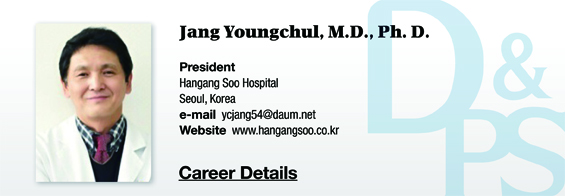▶ Previous Artlcle : #10-1. Biological Dressing I
Cultured Epithelial Autograft (CEA)
The Green-Rheinwald method (Green’s method) is a cell culture technique where fibroblasts are used as a feeder layer for cultivating a monolayer of keratinocytes. The strong mutual bond allows the creation of a keratinocyte-only cell sheet. Using this technique, enough cultured human skin can be produced to cover an entire adult body. Overseas clinical results and biopsies have demonstrated in the past 30 years that stem cells present in the cultured skin can be transplanted to act as a stable part of the patient’s skin for decades.
[Advertisement] Ultra Skin/Pastelle – Manufacturer: WONTECH(www.wtlaser.com)
There are other methods besides the Green’s method for producing cultured skin that do not use fibroblasts. However, none of them have shown stable survival in the human body. In other words, the Green’s method is the only skin culture technique where skin keratynocytes are transplanted in human body. This method collects a small amount of skin tissue, isolates and cultures the cells and transplants them onto lesions. It has the benefit of producing over 10,000cm² of skin from only 1cm² of skin tissue within 2-3 weeks. With this technique, the size of cultured cell can be customized according to the needs of the patient. Once transplanted, keratyocytes are engrafted and become part of the patient’s skin for a lifetime. In addition, as it is a CEA, it can effectively induce engraftment and skin restoration, without causing any rejection. It is mainly used for patients with deep 2nd degree burn and 3rd degree burns, and precluding autotransplantation, as a life-saving method for patients with burns covering more than 50% of TBSA. The Green’s method (trade name, ‘Holoderm’) is available in Korea and has been used in many burn patients (Figure 4).

Figure 4. From the left: package of Holoderm, CEA in the form of a sheet, Case of clinical application
Holoderm was approved by Korea Food & Drug Administration (KFDA) in December 2002 under the condition of ‘post-approval studies’. The clinical study was completed in December 2006 and was acknowledged by KFDA in November 2007. After the approval of re-examination in 2009, Holoderm has been officially established for its efficacy and has contributed to saving lives of more than 600 burn patients so far.
-To be continued-
▶ Next Artlcle : #11-1. Biological Dressing Ⅱ-1





















